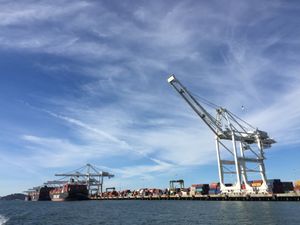When my grandmother immigrated to Canada from Scotland, she brought a trunk full of her grandmother’s photo albums, which span the late Victorian era into the 1930s. Many of their pages have fallen out altogether; the ones that remain are patched together with yellowing Scotch tape. For decades, I have been obsessed with them. My ancestors were industrialists who owned firms in the UK and Eastern United States; they dyed cloth, made oil pumps, and hung out on a lot of steamboats. The photos are a wild window into the lives of turn of the century industrialists and reveal a leisurely lifestyle of tooling around the world. On one page, the photos show scenes of Rome and Venice, then suddenly Japan and China. In all locales, everyone wears fabulous little hats and suits.
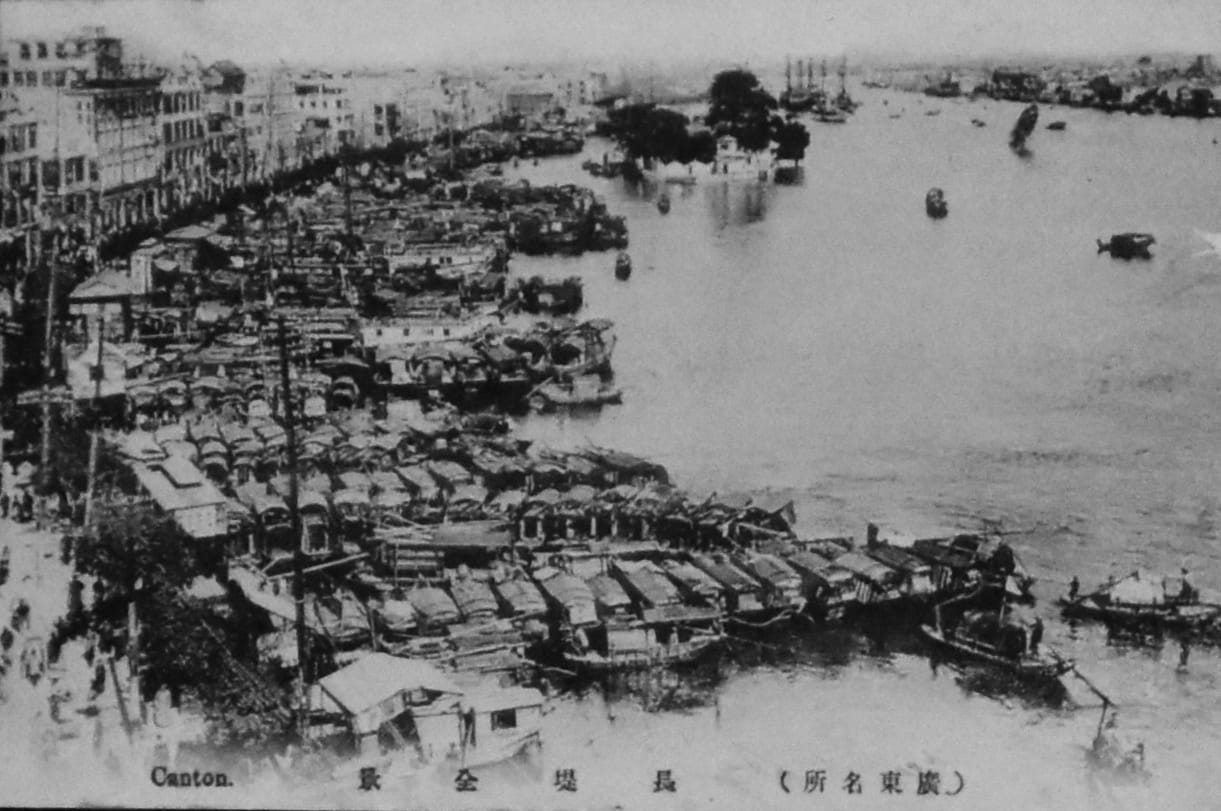

The family lore has only retained stories about a handful of the people, so mostly the albums are page after page of strangers mugging on boats. I love wondering about their lives and trying to puzzle out the stories behind the more bizarre photos. For example, what is going on with this armored Rolls-Royce?
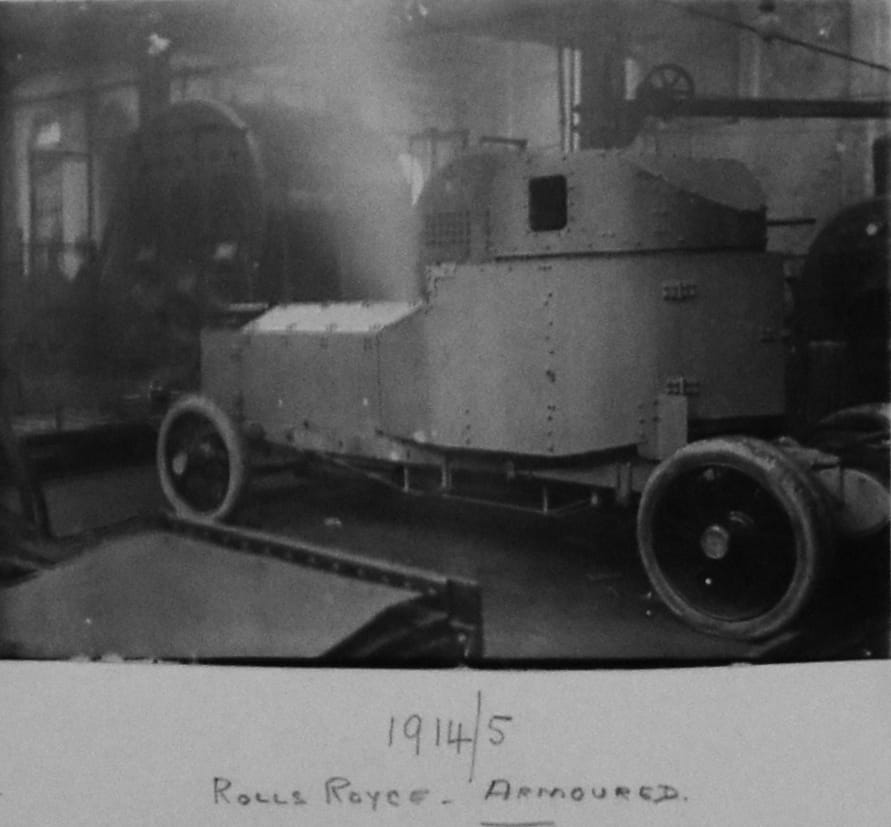
I’m deep into research for my upcoming trip to Panama, so I was delighted to find evidence of how the Panama Canal would have impacted my ancestors’ lives. This hand-drawn map from 1894 shows the route from Liverpool to Victoria, sailing past Cape Horn. The trip came in at 129 days, or just over four months spent sitting on a boat. Twenty years later, the canal would shave thousands of kilometers off the voyage. In 1928, my globe-trotting great-great-grandmother did make it to the canal as a tourist.

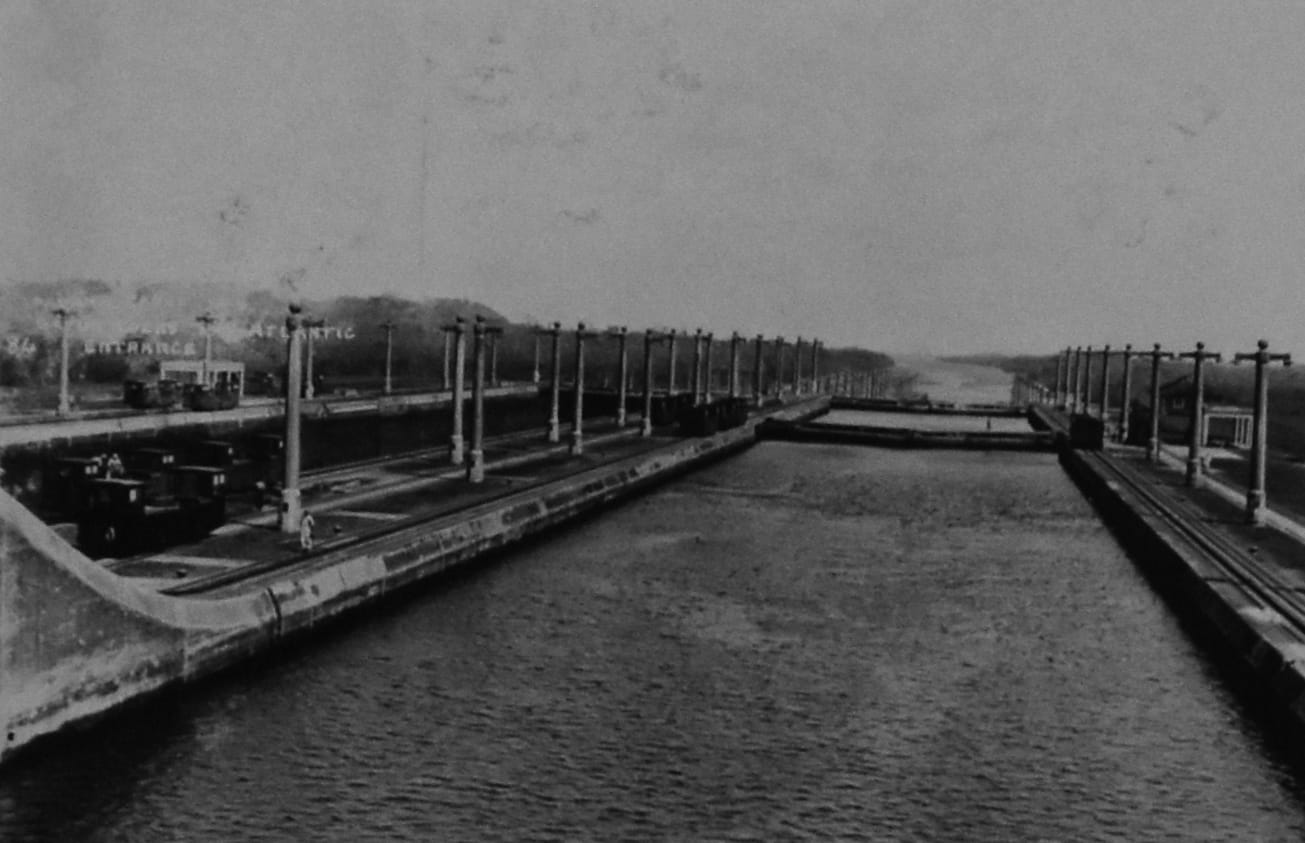
There are thousands of these photos, depicting a pretty idyllic life of travel and leisure. I’m only disappointed no one thought to take pictures of the work part of being an industrialist. I want to know what it was like to ride the wave of the Industrial Revolution into the 20th century: what the factories looked like, what they made, and what exactly these people did when they were not on boats. Those stories would have been passed down in workshops and boardrooms, eluding the scope of family photos.
It makes me regret the fact that so much of my own work life is so poorly documented. While I think back fondly to the well-organized shops where I’ve worked, in the moment I rarely stopped to snap a picture. There are places I’ve worked that don’t exist anymore, and all that remains are pay stubs and receipts. I doubt I will find myself on my deathbed wishing I had worked more, but I might wish I had done a better job of explaining what it was that I did, and why.
I do look back on all of my family albums with some dismay; 20th-century industrialists set the stage for an era of fossil fuel extraction and industrial expansion. We all inherit that legacy, insofar as it hs reshaped the planet, but my ancestry directly implicates me in it. Despite my conflicting feelings, I would prefer to know more rather than less. By my generation, my ancestors’ money had all been spent – but even if all I’ve inherited is these mysterious photos and the questions they pose, I’m happy with that.
SCOPE CREEP.
- Another favorite oddity in these albums is a series of images woven into silk ribbons. Called Stevengraphs, they were made on a Jacquard loom as teeny postcards and memorabilia. The work is mindblowingly intricate (my favorites are London’s Crystal Palace and Niagara Falls).
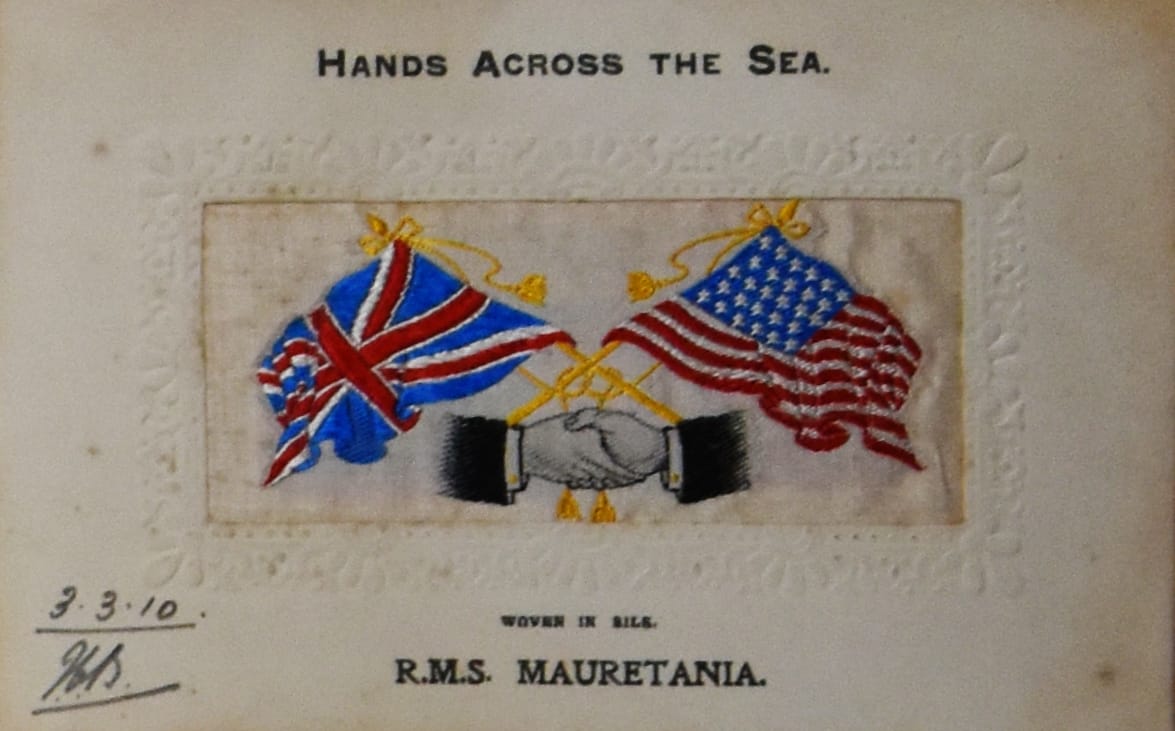
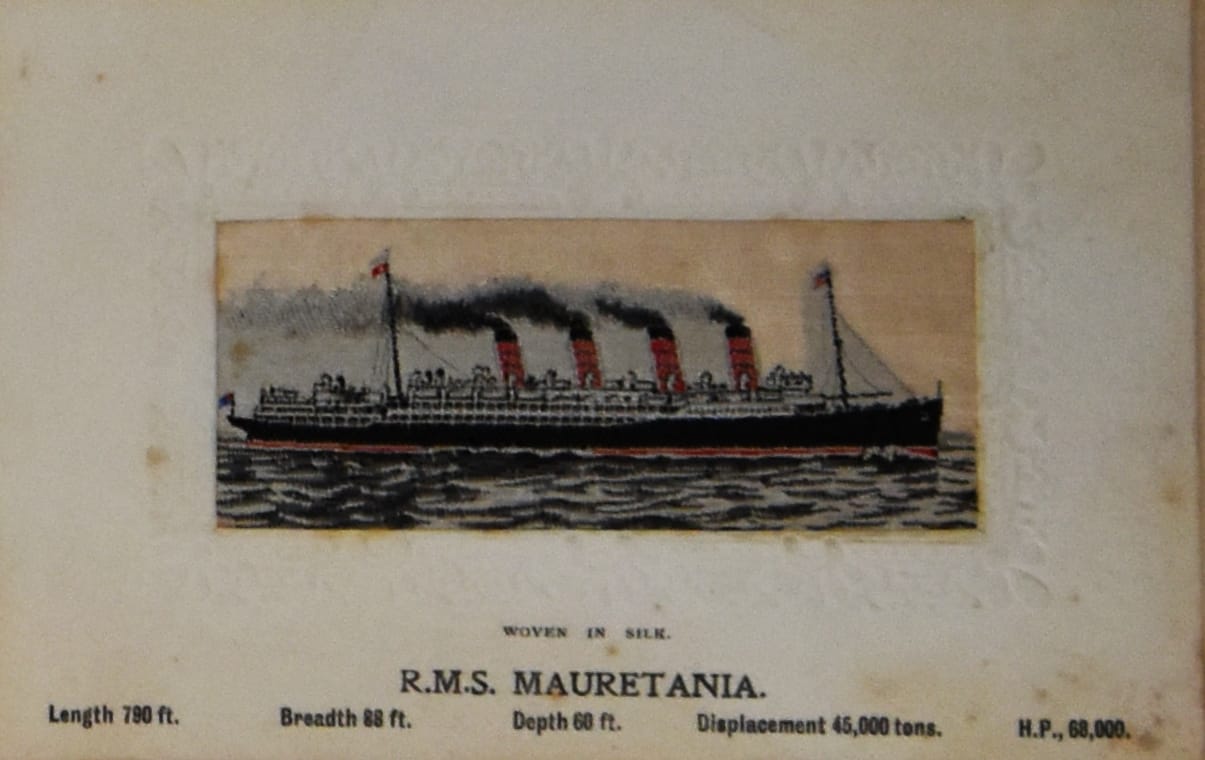
The Stevengraphs in the album commemorate the RMS Mauretania, the world’s largest ship until the Titanic’s sister ship (the RMS Olympic) was launched. Like many civilian vessels, the Mauretania was enlisted in military service during WWI and spent a year painted with dazzle camouflage.
- I am in awe of all the work fans have put into identifying the off-the-shelf furniture and home goods that appear in Star Trek. This database catalogs all of the chairs, diligently citing which series and episode they show up in. There are 165 chairs identified so far, and a list of unidentified chairs. This site expands the search out to other furniture and accessories, and their Instagram page is a good follow. It’s incredible how much the set designers relied on ready-made objects to craft the postmodern utopian (and, well, occasionally dystopian) aesthetics over the years. Given enough disposable income, you could cobble together your own Enterprise from eBay finds.
- If there is one long-form post you make time to read this week, make it this one. The author starts with a simple question: Why is this footbridge here? The bridge in question is seemingly useless, connecting a Taco Bell to a Grainger across I-494. Neither of the neighborhoods it connects are particularly walkable. Finding out why the bridge was built becomes the author’s mission, and he approaches it with the utmost tenacity, perseverance, and good humor. Do not skip the footnotes, they’re a valuable part of this wild ride.
Thanks as always to Scope of Work’s Members and Supporters for making this newsletter possible. Thanks also to my loving granny, who has answered all of my questions about these photos to the best of her ability for all of my life. Thanks to my aunt Kirsty for putting me up while I spent a week digitizing them, and to all the rest of my family, past, present, and future for being a part of this whole thing.
Love, Hillary
p.s. - We care about inclusivity. Here’s what we’re doing about it.



